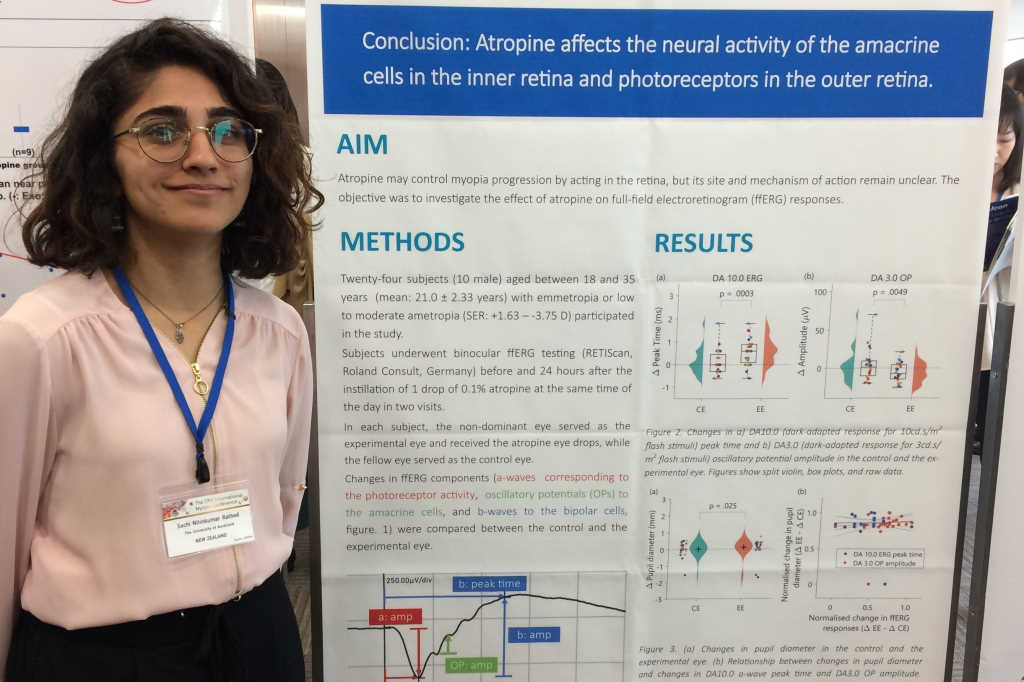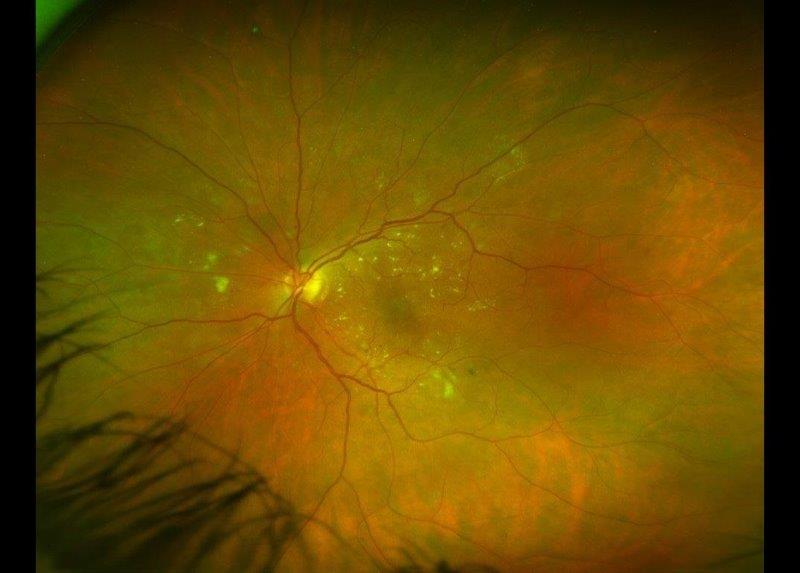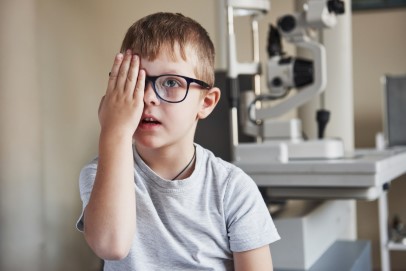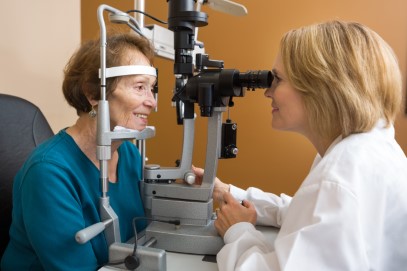International Myopia Congress Tokyo
Central Tokyo seemed a fitting location for the 17th International Myopia Congress (IMC), bringing delegates from across the world to the Japanese capital before the wider eyes of the world focused on the country for the Rugby World Cup.
Ten oral sessions were held covering myopic prevalence, progressions, biometric changes through accommodation, pharmacology, pathologic myopia and more. And, unlike my usual continuing education digest, at this scientific research meeting, the presenters were mostly authors of their own research and fielded questions from the astute community of over 800 delegates at the forefront of myopia research.
Keynote presenter was Zeiss Young Investigator Award in Myopia Research recipient, Dr Virginie Verhoeven, who spoke of the growing numbers of genetic loci identified for refractive error and myopia. These loci will hopefully lead to a gene that influences eye growth, with a possibility to block that pathway and stop or control eye growth, she explained.
Genetics is an area with new developments in data collection. Biotechnology company 23andme asked its large database of DNA-mapped customers their first spectacle wearing age. These results were combined with findings from the Consortium for Refractive Error and Myopia (CREAM) in a GWAS meta-analysis, identifying 161 common variants for refractive error and were presented to delegates.
Environmental risk factors are always the subject of research presented at IMC and further confirmation was presented on the benefits of outdoor exposure, with an astounding video of Beijing schoolchildren jogging in neat lines around a field. This activity lasted for 30 minutes, every school day, over a year. Unfortunately, the benefits of this activity on rates of myopia rebounded three years later.
Challenges relating to the collection of data, has led to the development of the novel Clouclip, which attaches to the temple of glasses to precisely monitor behavioural and environmental factors.
Keynote speaker Professor Earl Smith reported on the effect of dim light in reducing the efficiency of emmetropization in monkeys. Dr Andrew Collins from the University of Auckland presented his poster describing the effect of blue and white light illuminance on form deprivation myopia.
New Zealand was further represented with posters by Dr Monica Acosta, and optometry student Sachi Rathod.
There were many memorable and unexpected finds, such as British optometrist Ian Beasley’s poster on the impact of peripheral defocus contact lens wear on emmetropization production, which concluded axial growth can be accelerated in children with hyperopia - unique work to present at a myopia meeting. And look out for the results of the clinical trial underway by SightGlass. These novel spectacle lenses, designed to slightly reduce peripheral retinal contrast, were shown to be tolerated well by wearers.
Professor Ian Flitcroft presented his centile analysis in eye growth and refractive development in different European populations, which could prove useful in predicting persistent hyperopia or
myopia development when values fall < 20% or >80%.
Drs Mark Bullimore and Noel Brennan proposed the term CARE, as an acronym for Cumulative Absolute Reduction in axial Elongation. They argue reduction in axial length affords the benefits we seek in reduced myopia and thicker lenses do not increase the risk of ocular pathology, rather it is axial elongation. Their pitch said CARE would be an attractive, intuitive, simple, evidence-based metric for reporting myopic control treatment efficacy. There was also discussion about how to monitor myopia progression; axial length versus cycloplegic auto-refraction.
National myopia prevention and control policies were described in the first of two symposia. It was inspiring to hear the success of public education strategies on the importance of outdoor time in Singapore and Taiwan, led by one exceptional man Pei-Chang Wu.
For the final symposium, International Myopia Institute (IMI) committee chairs reported on white paper findings. The work of this group continues to grow with a new committee forming and plans on how we will receive digestible future updates from IMI. The session closed with some pertinent questions about future scope.
The next meeting will be in Rotterdam, the Netherlands in 2021. For a Kiwi clinical optometrist, this offers a chance to step away from your familiar CPD sources. Attending IMC is an opportunity to hear first-hand, the research which underpins our evidence-based practice.
Claire McDonald is a therapeutically qualified optometrist with a special interest in glaucoma and glaucoma co-management. She is co-owner of Warkworth-based McDonald Adams Optometrists.



























